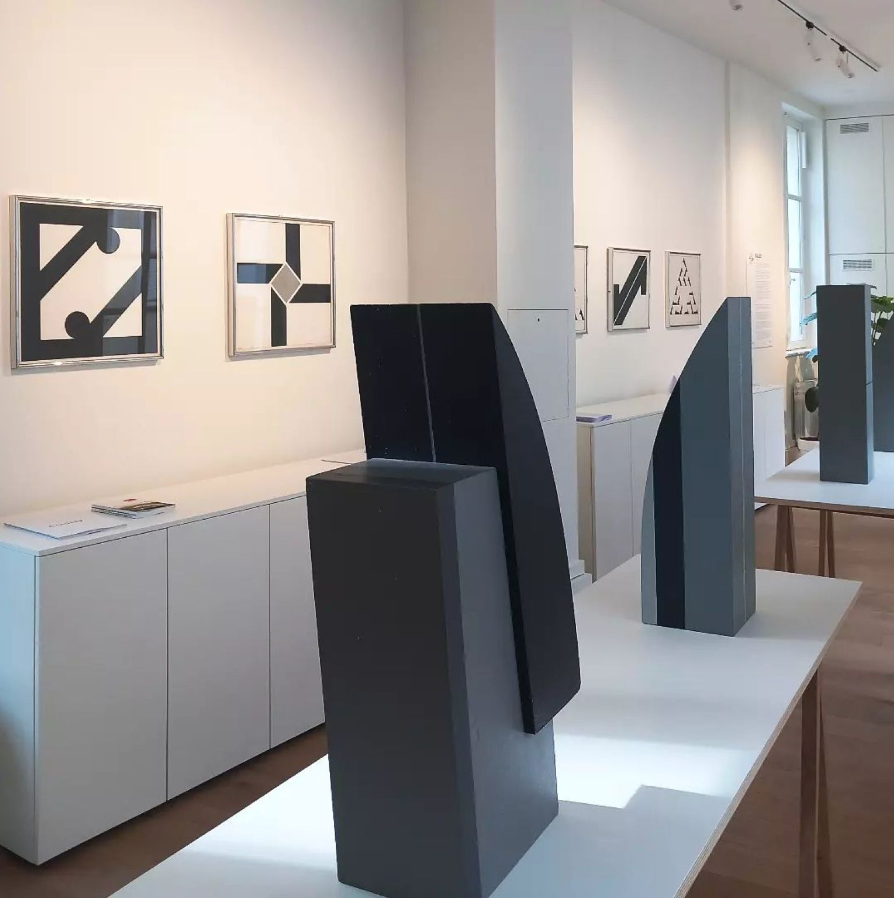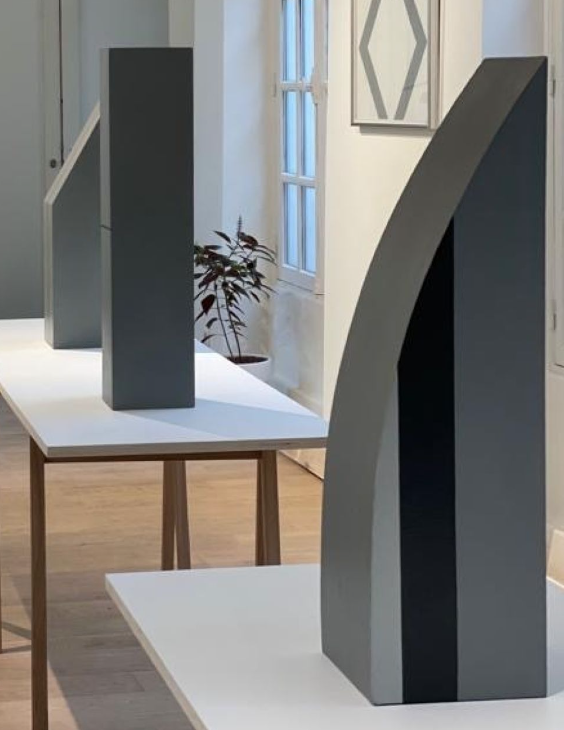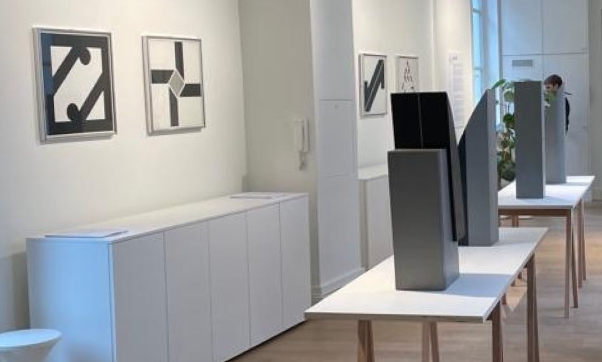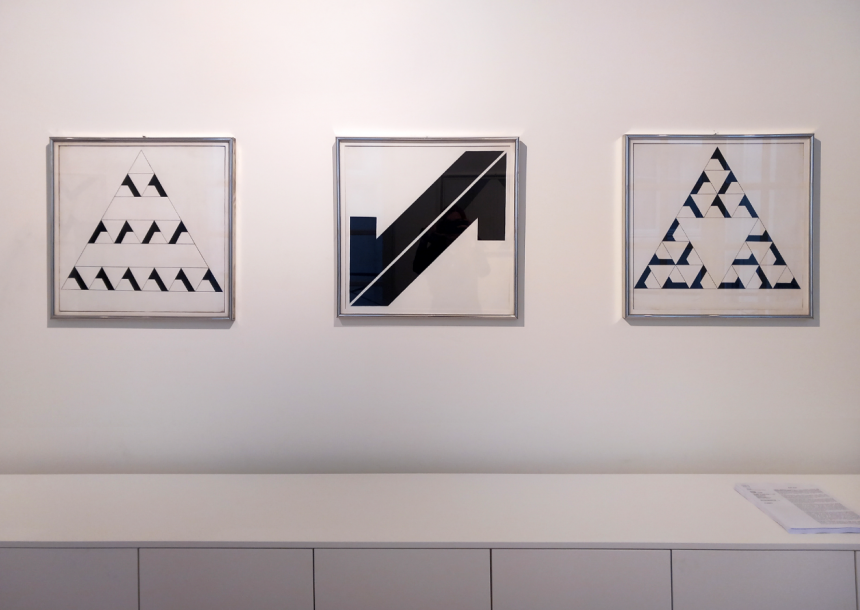‘Giuliana Balice 1974-75’ at Atelier Coldefy, Paris
The exhibition Giuliana Balice 1974-75, organised by Zuecca Projects in collaboration with Fondazione Tomassoni, was inaugurated in October at the Atelier Coldefy in Paris, on the occasion of Paris+ par Art Basel art fair. This solo show is the first episode of an extensive project about the convergence between art and architecture.

Throughout the history of art, art and architecture have always been closely tied. During the Renaissance, the figure of the artist, of the architect, and of the theorist was often one and the same, as in the case of Leon Battista Alberti, Vasari, and Michelangelo. This close tie has continued until the modern era and the present day, with movements such as Constructivism, Neoplasticism, and Minimalism. Giuliana Balice’s work is an outstanding example of this affinity between art and architecture.
The architect and founder of the Studio hosting the exhibition, Thomas Coldefy, has stated: “art and architecture have a deep connection; they both have a meaning simultaneously expressive and communicative whether it is a set of complex ideas or a livable space, they engage the senses and are both mankind form of cultural expression. Our work strives to blur the limits between the elements: Balice’s work and exhibition take part in that process”.

Balice’s interest in geometry, pure forms and graphic interpretation of the space can be seen in the paintings and sculptures from the ’70s exhibited at Atelier Coldefy. Her oeuvre, which presents reminiscences of Russian Constructivism, Bauhaus, Concrete art and De Stijl, prioritises geometric abstraction and minimalism. In order to create, Balice first designs, and then makes. In all of her artworks, the rigour of design and the essentiality of modular partitions are central. Swiss-Italian architect and father of Rationalism Alberto Sartoris, defined Giuliana Balice’s artistic practice as “architectural aesthetic absolutism”.
With regards to the works presented in this exhibition, curator and art critic Italo Tomassoni commented that “the geometric investigation conducted by Giuliana Balice in the years from 1967 to 1974 concedes nothing to the optical grammar nor to the perceptual involvement induced by gestalt psychology, often used as a theoretical motivation for the Kinetic Art. Like heraldic forms, the serial geometric variations of these works are shapes inspired by the interwar European rationalism, immersed in the restlessness of the most stringent contemporaneity, yet drawn from the lost regions of a symbology of perfection and exact relationship that refers back to Pythagoras of Samos, the 6th-century B.C. philosopher, son of a beautiful mother and a celebrated seal engraver…”.
In 2009 Balice participated in “1919/2009 – 90 Years of Bauhaus” at the Forum Konkrete Kunst-Peterskirche museum, curated by Heidi Bierwisch. An important monograph on her entire work and career was published by Skira at the beginning of 2022.

Giuliana Balice (b. 1931) has lived and worked in Milan since the 1950s. She grew up in Naples, Italy where she attended the Academy of Fine Arts. Drawing from Russian Constructivism, Concrete art and De Stijl, Balice’s oeuvre is centred around geometric abstraction. Balice had her first solo exhibition in Milan at the Galleria Numero in the 1950s curated by the art critic and historian Lara Vinca Masini. In the late 1960s, she began to experiment with three-dimensionality, using industrial materials such as wood, iron, steel, and acrylic. In the spirit of Constructivism, her work has also been recognised for its commitment to design in the service of social needs and industrial production.
